VO2 max is not fixed, and structured training can significantly improve this key factor, especially if maintained consistently over the long-term. Let’s take a look at how.
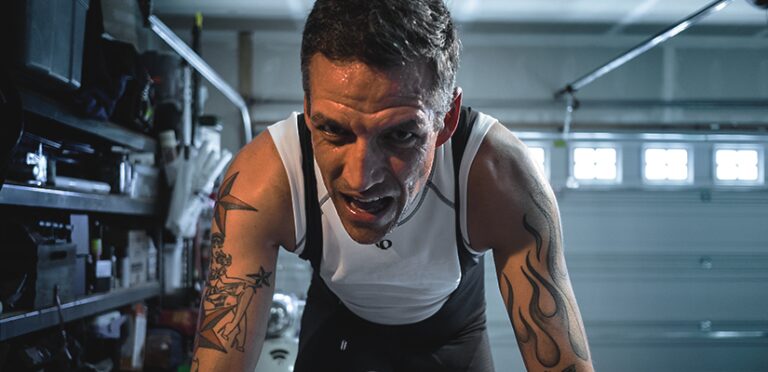

VO2 max is not fixed, and structured training can significantly improve this key factor, especially if maintained consistently over the long-term. Let’s take a look at how.

With over 100 million workouts completed during the last ten years, TrainerRoad athletes have gained an incredible amount of experience, so we asked what useful tips they’d learned along the way.
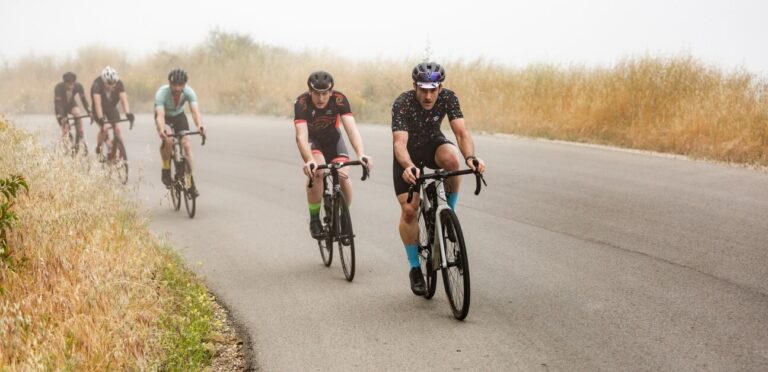
Sometimes, it’s fun to put real life aside and spend a few days focused only on riding your bike and getting fitter. This is commonly known as a training camp, and it’s one of the true joys of cycling for athletes of all abilities. So what should you know before planning your next training camp?
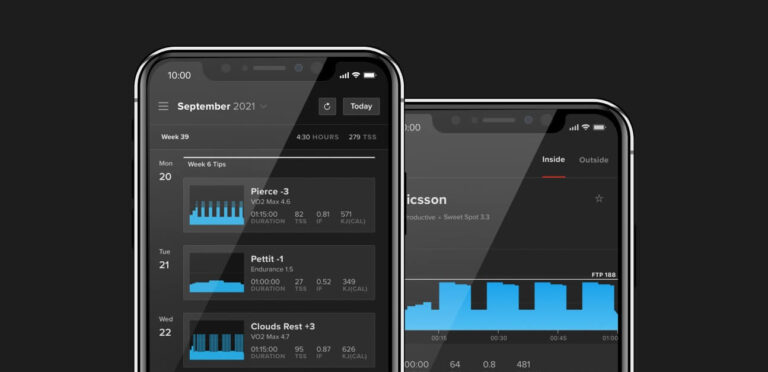
For optimal results, you need to adjust your training plan. Whether it’s because of a change in your schedule or your fitness, there are ways to adjust your plan to achieve your full potential. But what types of changes should you be making?
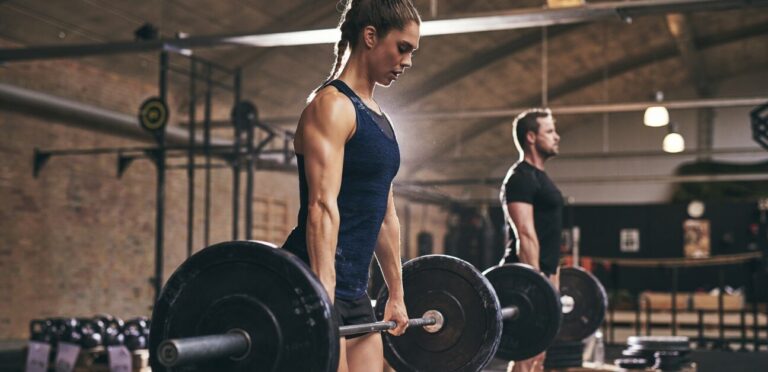
Every cyclist stands to benefit from some form of cross-training. Cross-training can address performance limiters, guard against injury, and make you a more well-rounded and skillful cyclist.
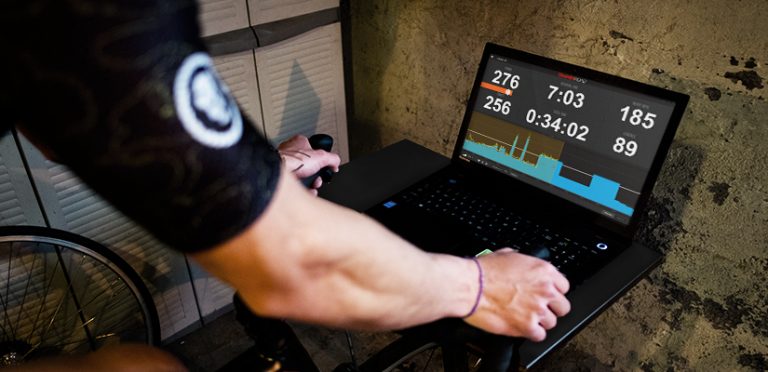
Power-based training is without a doubt the best way to structure training for cycling, and FTP serves as a way to scale every workout to your current fitness level. But what is a good FTP, and how can you be sure that your FTP is accurate?
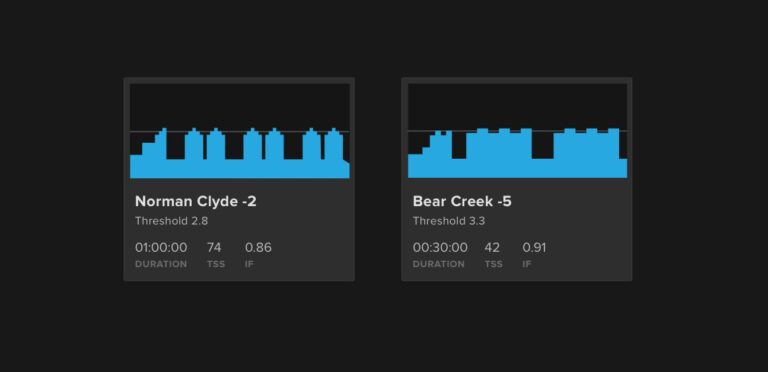
Training Stress Score (TSS), Intensity Factor (IF), and Workout Levels are useful ways to quantify the challenge and effect of a workout. Taken together, these 3 metrics help tell the story of your training, but it’s important to understand the differences of each. What does each metric mean, and how can you use them to get faster?
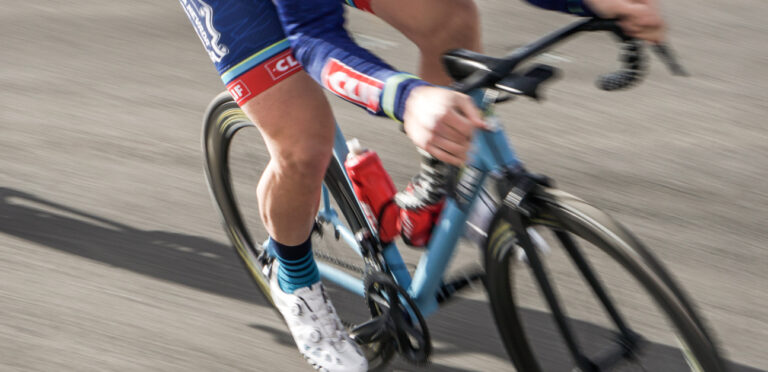
Cycling is usually thought of as cardiovascular activity and rightly so. But bike riding also works the skeletal muscles. The production of power to drive the pedals involves complex activation of several muscle groups. Of course, the muscles most used in cycling are the legs, but you use muscle groups through the trunk and upper body. Depending on your cycling discipline, the level activation of these groups will vary.
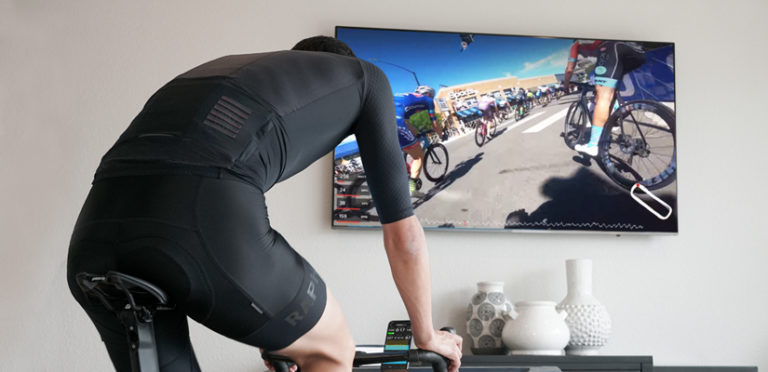
Regardless of your experience level, getting started with an indoor cycling training plan is easy. With the demands of family and work life, indoor cycling training is not only convenient, but it’s also incredibly efficient—meaning you can get faster in less time. In this guide, we’ll cover indoor cycling training plans, workouts, and tips for success.

When it comes to indoor training, the most common mistake we see athletes make is with their cooling. Heat can negatively affect your performance and workout quality. How can you make sure your indoor training setup has enough cooling?